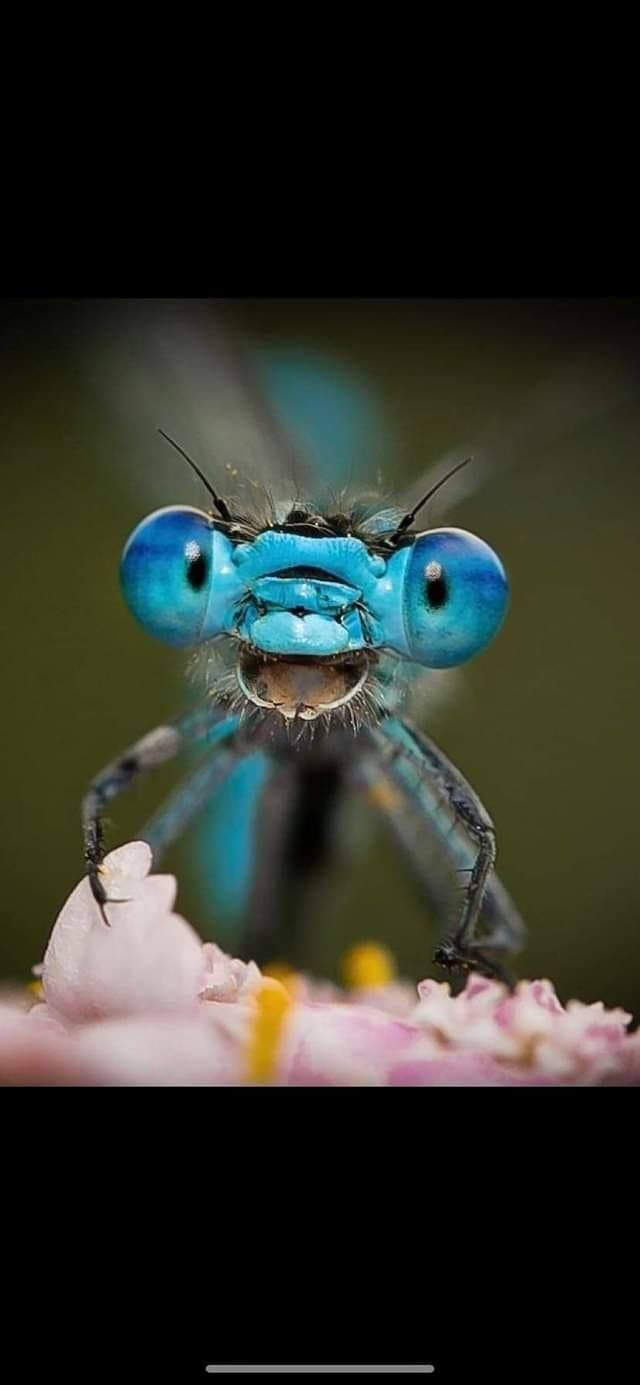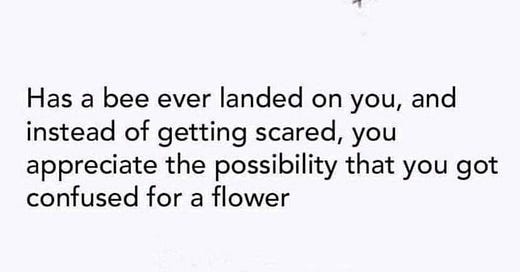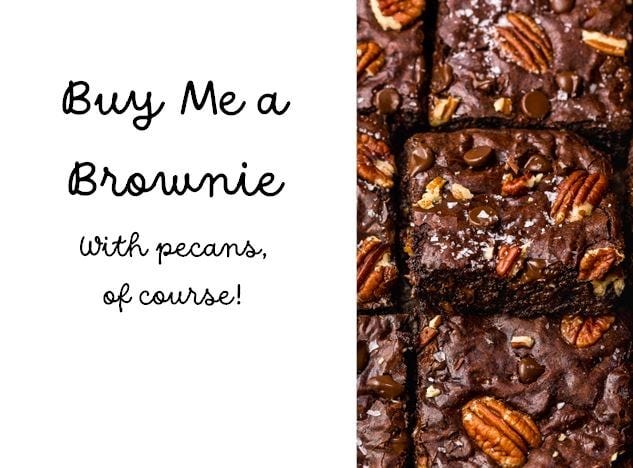Spring has sprung in my part of the world. Wildflowers are blooming. Trees are coming back to life. Folks are watching their favorite flowers and shrubs anxiously awaiting the rainbow of vibrant colored blossoms that’ll be blooming in the coming weeks, while others keep an eye on their freshly planted veggies dreaming of that first delectable, juicy, messy bite of tomato sandwich.
You know it’s springtime when you come face to face with a curious bumble bee hovering a few inches from your nose giving you the once over. Do you swat him away or leave him be? Insects can be considered either a blessing or a curse. You either love them or hate them. But when you get down to it, we need and rely on them. They’re crucial to our survival.
One out of every three bites of food we consume is provided by pollinators, mainly insects. Yet most people don’t pay much attention to them, except when they become a problem. Aphids munching away on the tender young plants in your vegetable garden generate a reflex reaction of grabbing the nearest bottle of insecticide.
Resist the temptation, please. Before you empty a bottle of bug killer, think beyond the aphids to the other creatures that live there as well.
The native bees and butterflies investigating your tomatoes will come in contact with the poison as they flit around distributing pollen while grabbing a few sips of nectar from the blossoms. Then there are the pollinators who are looking for a different type of food.

The ones that feed on those aphids, such as soldier and ladybug beetles, as well as lacewings and different types of flies. And don’t forget the wasps that need to lay their eggs inside those pesky little pests.
Instead of disrupting nature’s way of balancing good bugs vs bad bugs, give Mother Nature’s pest control service a try. It’s free… well sort of.
It involves a little more work on your part, along with self–control not to panic when you see a tomato worm. If we want to keep the good guys hanging around, we can’t get rid of all the pests. The beneficial bugs are always on the lookout for prey, and having a few potential victims hanging about guarantees the good guys will stick around. The catch is, (this is where the little extra work comes in) there also needs to be a diverse selection of native plants near your vegetable garden to provide the nectar and pollen necessary to sustain the predators and parasitoids.
And that, my friends, will bring in the beneficial insects and birds and restore the natural balance so you don’t need any insecticide, except on rare occasions when you use it sparingly.

Bugs Eat Bugs
This scenario can be applied anywhere, rural or in the heart of a city, and it applies to more than just vegetable gardens. Phyllis Stiles, founder of Bee City USA comments, “When we’re thinking about pollinator conservation and pest management, a lot revolves around managing pests in lawns. Having a monocrop, such as a lawn, and using insecticides to kill the grubs eating the roots of your grass also kills the parasitic wasps who love to eat those grubs.”
It’s not just insecticides either. Herbicides, fungicides, and fertilizers are all guilty of messing up the millions of years’ worth of work Mother Nature has devoted to creating a world for all of us to share.
The overuse of pesticides in commercial and residential landscaping disrupts a balance that’s necessary for us all. It doesn’t only affect our pollinators. The chemicals also seep into our waterways poisoning aquatic life, plant life, and wildlife. Protecting them by not using pesticides is essential not only for them also for our health and well-being.
Relying on nature to do your pest control is safe and effective and doesn’t expose individuals, pets, and nature to the toxic effects of these chemicals. A quick read on reliable internet sites such as the Xerces Society, SARE, Bee City USA, and Pollinator Pathways NE, will help you find natural alternatives that will make Mother Nature very happy.
Thank you for reading my article. Please use the buttons below to Like, Comment, Restack, and Share my post on Substack and other social media platforms.
All my articles are free, so I’d be grateful if you would Buy Me a Brownie to support my work and help spread our love for Mother Nature worldwide.






